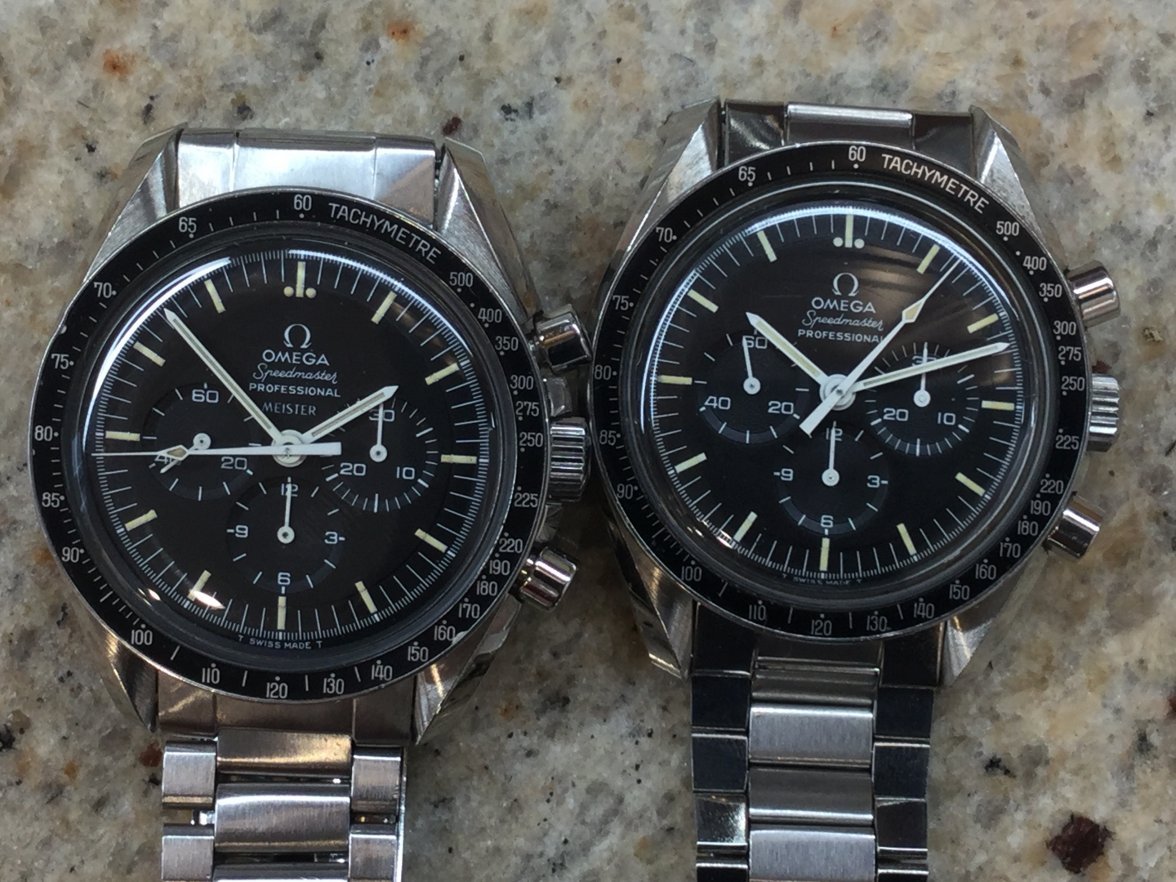

Average acceleration per impulse must be at least 8.8g. Vibration – Three cycles of 30 minutes (lateral, horizontal, vertical, the frequency varying from 5 to 2000 cps and back to 5 cps in 15 minutes.High Pressure – The test item shall be subjected to a pressure of 23.5 psi (1.6 atm) for a minimum period of one hour.Decompression – 90 minutes in a vacuum of 1.47 x 10E-5 psi (10 E-6 atm) at a temperature of 160° F (71° C), and 30 minutes at a 200° F (93☌).Acceleration – The test item shall be accelerated linearly from 1g to 7.25g within 333 seconds, along an axis parallel to the longitudinal spacecraft axis.Shock – Six shocks of 40g each, in six different directions, with each shock lasting 11 milliseconds.The ambient temperature shall be maintained at 160☏ (71☌). Performance outside of specification tolerance, visible burning, creation of toxic gases, obnoxious odors, or deterioration of seals or lubricants shall constitute a failure. Pure Oxygen Atmosphere – The test item shall be placed in an atmosphere of 100% oxygen at a pressure of 5.5 psi (0.35 atm) for 48 hours.The steam used shall have a pH value between 6.5 and 7.5. Relative Humidity – A total time of 240 hours at temperatures varying between 68☏ and 160☏ (20☌ and 71☌, respectively) in a relative humidity of at least 95%.Fifteen more such cycles shall be completed. The temperature shall then be lowered to 0☏ (-18☌) in 45 minutes and raised again to 160☏ in 45 minutes. Temperature Pressure Chamber – pressure maximum of 1.47 x 10exp-5 psi (10exp-6 atm) with temperature raised to 160☏ (71☌).Low Temperature – Four hours at a temperature of 0☏ (-18° C).For the high temperature tests, atmospheric pressure shall be 5.5 psi (0.35 atm) and the relative humidity shall not exceed 15%. High Temperature – 48 hours at a temperature of 160☏ (71☌) followed by 30 minutes at 200☏ (93☌).

To be “flight-qualified by NASA for all manned space missions”, a wrist chronograph must pass all of the following tests numerous times without failure of any kind: The first qualification program for the NASA watches was conducted in 1965. The Hamilton was discounted prior to testing as it was not a wrist mounted piece. The Longines 235T, the Rolex Cosmograph, a Hamilton and the Omega Speedmaster Professional are all received. Out of the 10 manufacturers to receive the request, only 4 submit a watch for NASA consideration. Manufacturer guarantee and/or warranty should also be included. Performance data and specifications should be supplied by the manufacturer. Reliability – the Manufacturer must guarantee the watch to operate properly under normal conditions for at least one year time period.The chronograph may be powered electrically, manually or the self-winding type however, it must be capable of being manually wound and re-set.In addition, the face cover must be shatterproof. The chronograph must be shockproof, waterproof, and anti-magnetic.The chronograph must have stop-start elapsed dials with.

A stainless steel case with a satin finish is preferred. The chronograph should not cause glare at the high illumination levels. Either a black face with white figures and numerals or black on white is satisfactory. The chronograph must be readable under both “red” and “white” lighting conditions to or beyond a 5 foot candle illumination intensity.


 0 kommentar(er)
0 kommentar(er)
